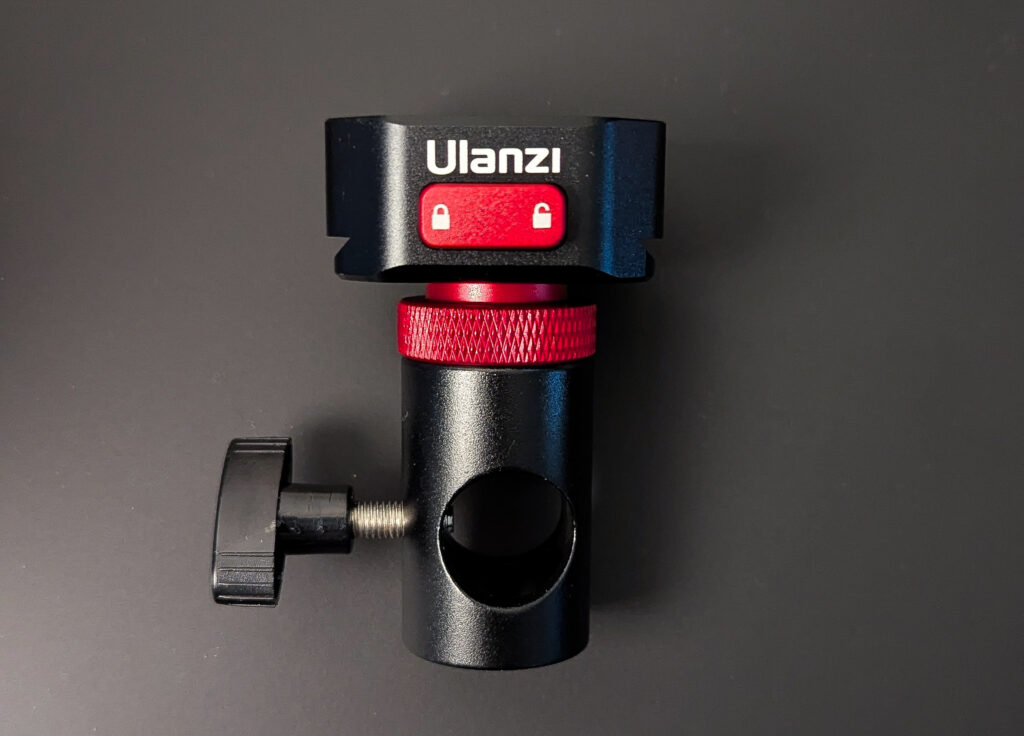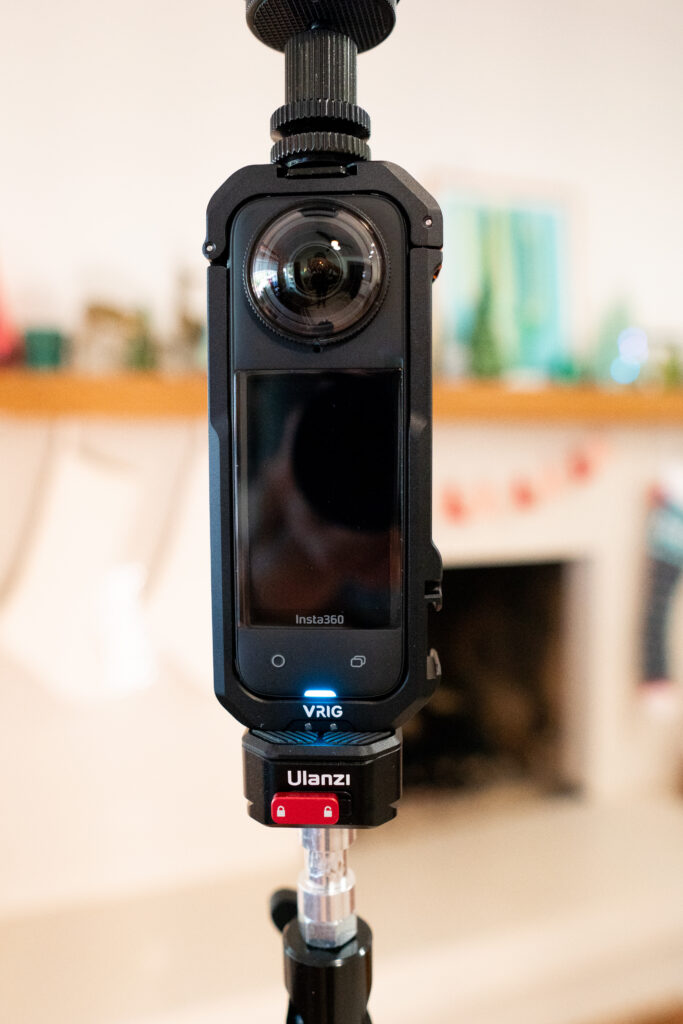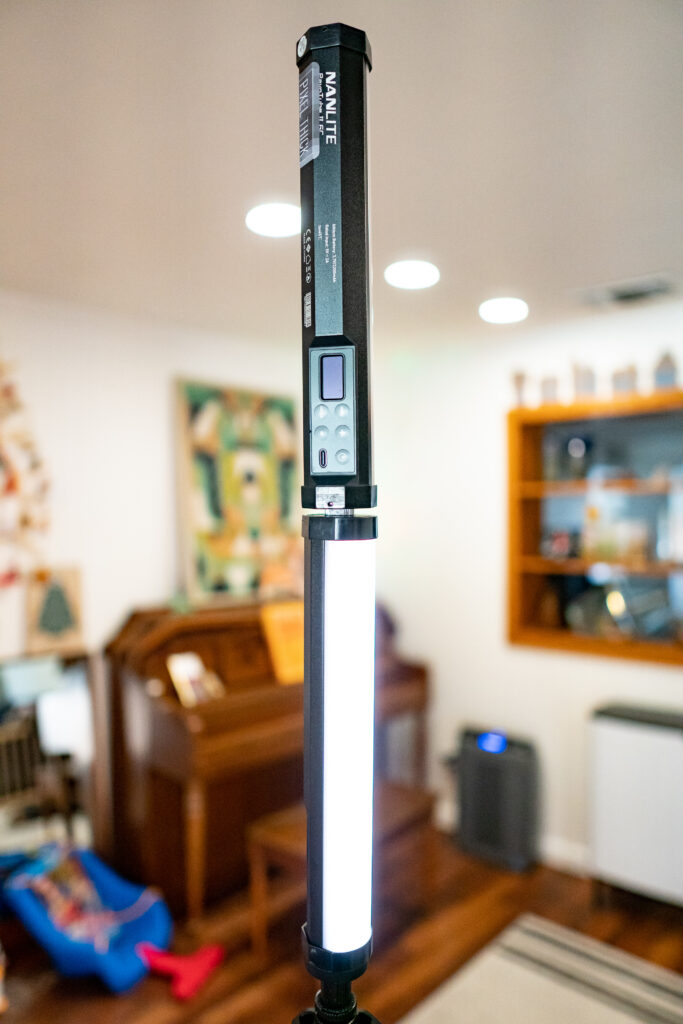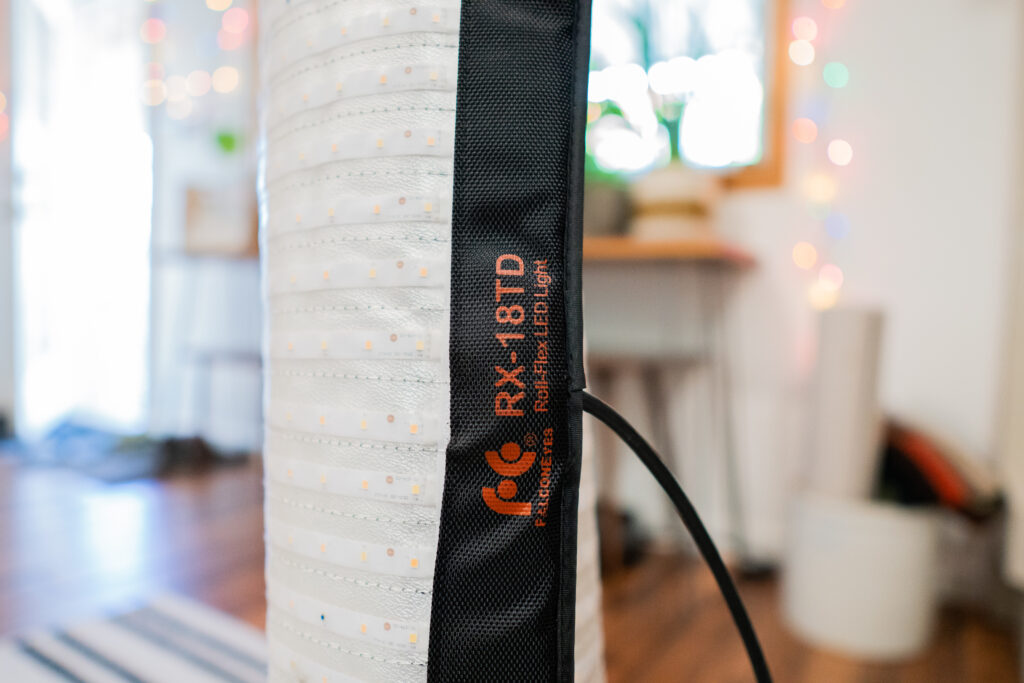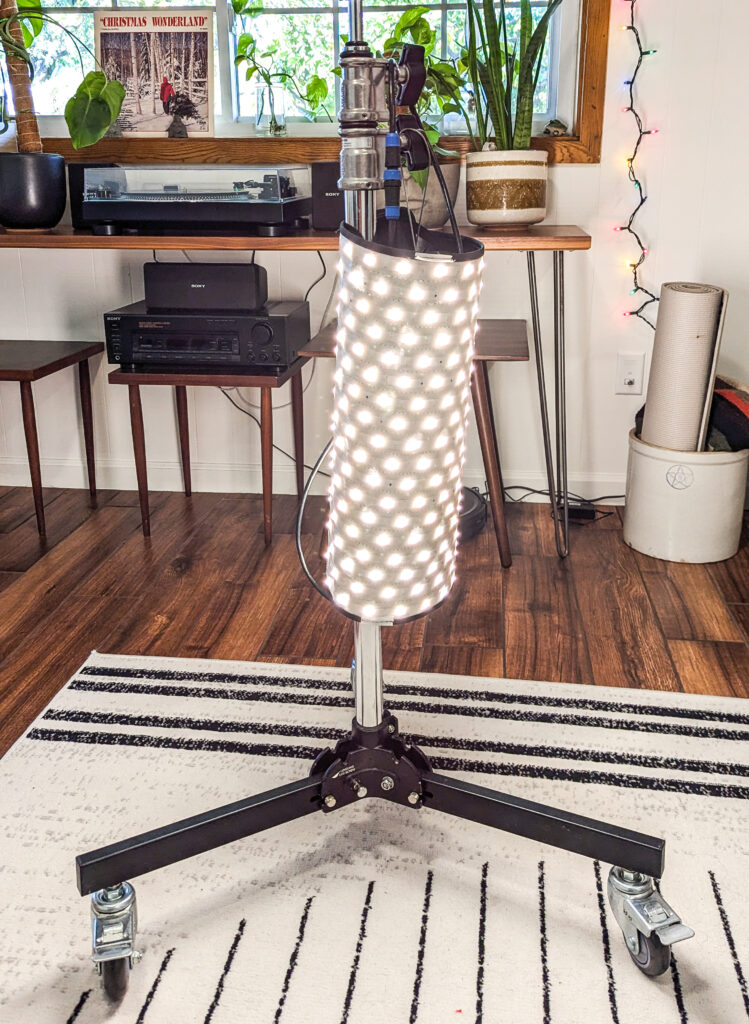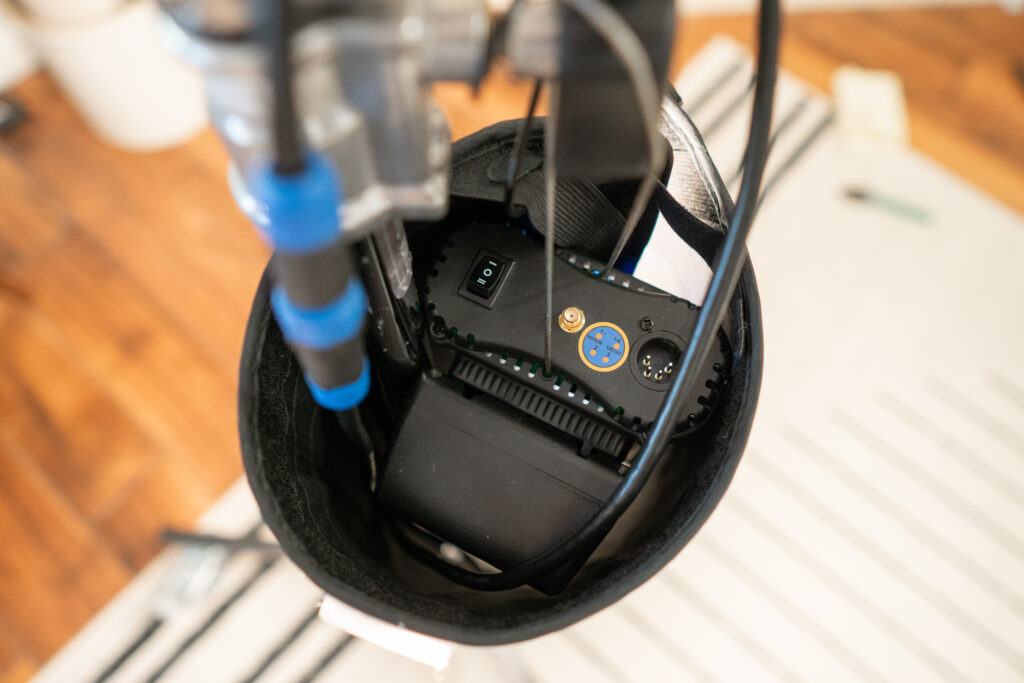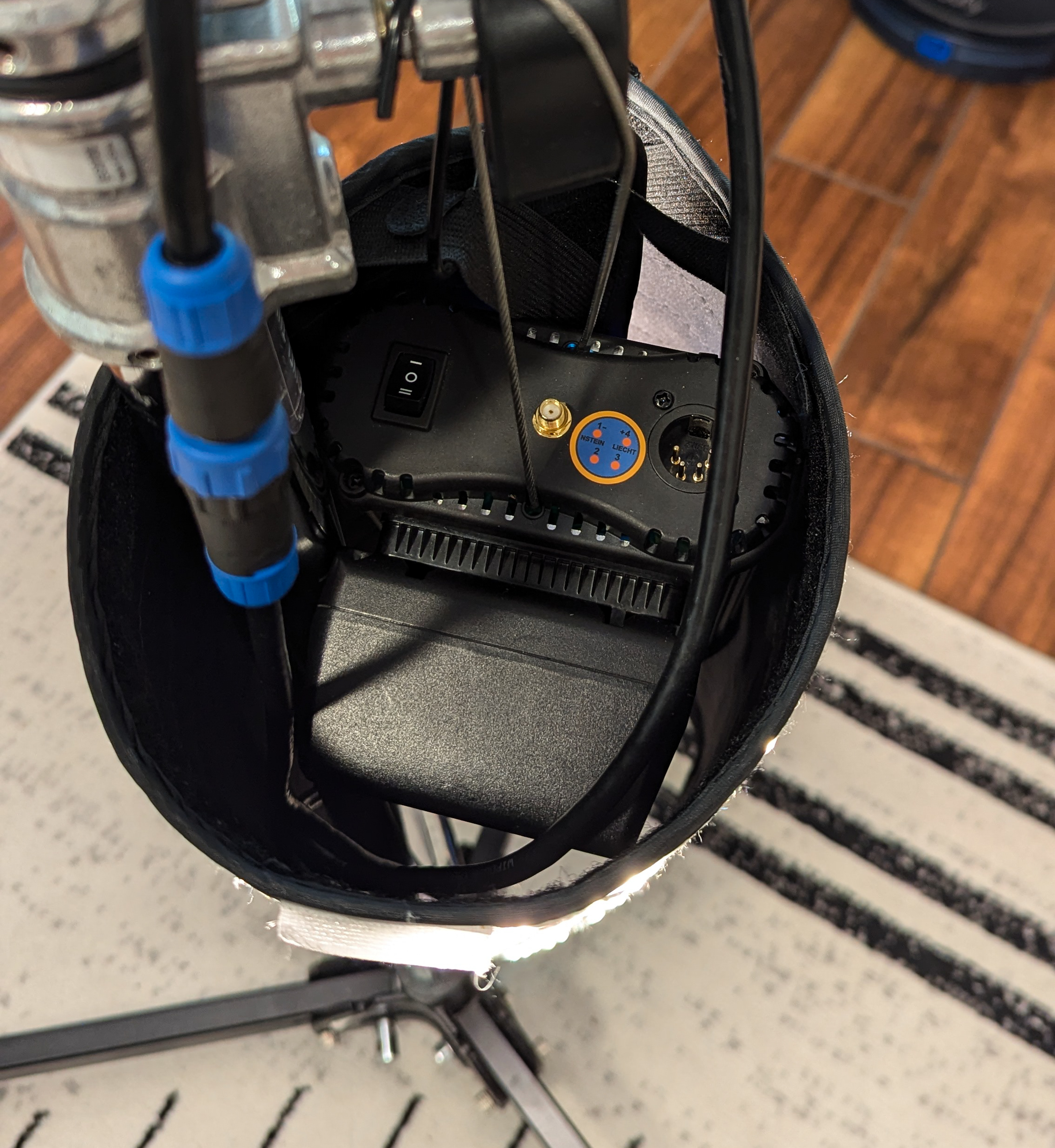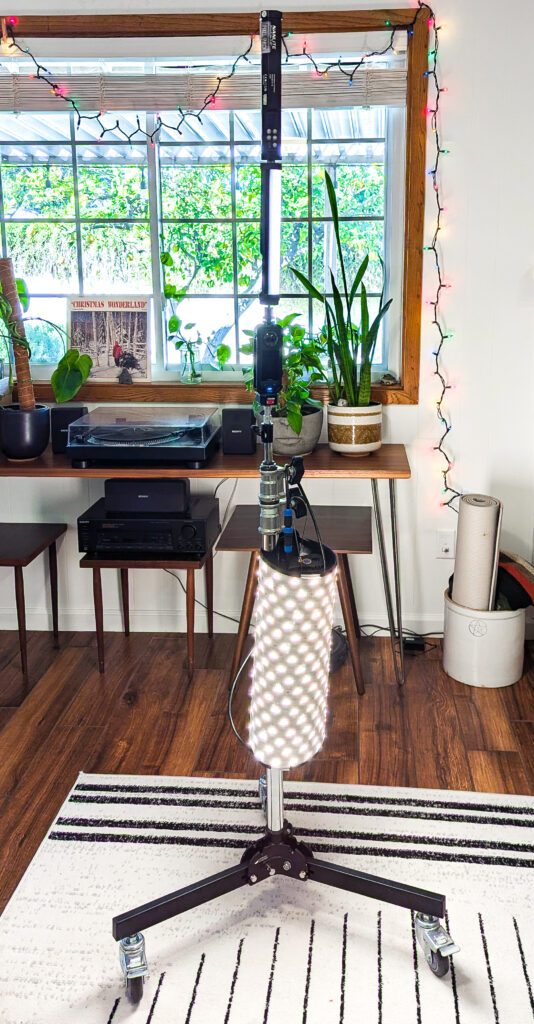
One of the problems with shooting 360 photo and video has always been lighting for 360 photo and video. Concealing your sources can either take tons of planning or tons of post production work to erase fixtures. Larger cameras like the Insta360 Pro2 or Titan are more forgiving because their multiple lenses create larger stitching areas, making it easier to hide lights. But with smaller 360 cameras like the Insta360 X4, which has only two lenses about an inch apart, the "safe zones" shrink dramatically.
That said, strategic light placement can minimize post-production work. One of the best approaches is positioning lights at the sphere’s vertices—above and below the camera—allowing for uniform illumination while keeping sources out of view. In this post, we will share what equipment we use and its benefits. Let’s break down our current 360 lighting setup.
Our 360 Lighting Setup
At the center of our rig is a Proaim rolling stand. It’s perfect for quick repositioning, especially during virtual tour shoots, and makes the whole thing easy on your back.
Moving up, we use a Camvate stand-to-¼-20 adapter (previously a ⅜” to coupler to adapter, since the Pro2 and Titan have ⅜” taps underneath). On top of that is a Ulanzi quick release base and plate, chosen for its minimal footprint to reduce visibility in the shot. The one click lock is also a great feature.
For camera choice, we’re currently using the Insta360 X4 for virtual tours: real estate, galleries, etc. It’s housed in a VRIG camera cage, which adds a cold shoe mount at the top and a ¼-20 tap on the side. A Smallrig cable clamp is attached to the side mount when we need to run USB power to the overhead lights. The cold shoe holds a cold shoe to ¼-20 adapter.
Lighting Above the Camera
- Two 1' Nanlite Pavotubes are stacked above the camera. These have:
- Adjustable brightness and RGB color temperature
- Various lighting effects available for video use
- And when placed directly above, they remain invisible to larger cameras like the Pro2 or Titan
Lighting Below the Camera
- 18”x24” Falcon Eyes light mat, wrapped around the stand with the ballast hanging from a knob.
- Bi-color, v-mount battery-powered, and highly color-accurate
- Comes with softbox and lantern modifiers
- Perfect for interviews and small spaces
- A single V-mount battery lasts most of the day, eliminating the need for visible power cables
As a side note, I absolutely love these Falcon Eyes light mats and have used them for almost 10 years in my traditional video production projects. I've owned the v1, v2, and assume the v3 is only an improvement. They’re super versatile and dependable.
Next Steps
I’m currently experimenting with replacing the Pavotubes with a miniature lantern setup to further refine the workflow—stay tuned for updates!
So there you have it. Our solution to lighting for 360 photo and video. A slender setup with a tiny footprint, tons of functionality and convenience. Let us know if you have any tips for lighting a 360 scene of your own or see any ways to improve the setup above!
Pixel Thick is a video production company based in Phoenix, AZ.

